Where Do the Best Diamonds in the World Come From?
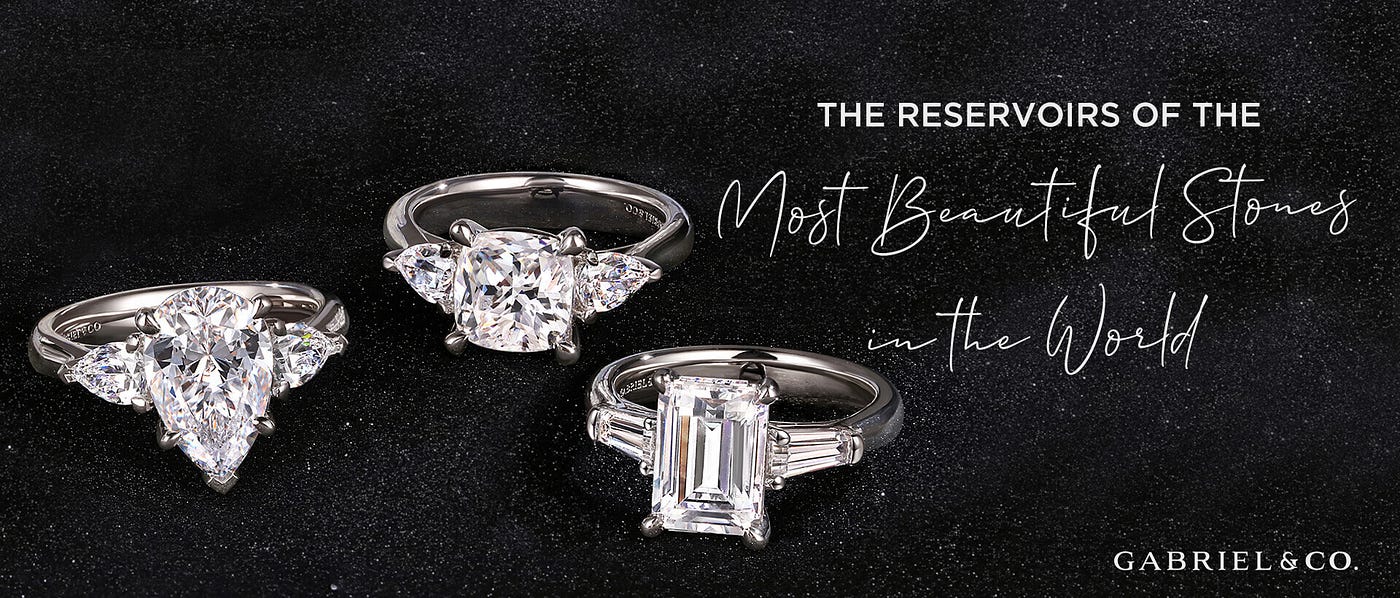
A coveted, natural stone known for its sparkling brilliance, shine, and exuberance, have you ever wondered when did diamonds originate? A dazzler celebrating enduring, unconditional love in its purest form, diamonds have a long-standing history. The name diamond is derived from the Greek word, ‘Adamas’, which means an unconquerable spirit. Quite beautifully explains the tough composition of diamonds, formed under extreme pressures and calamitic situations.
Accounting for the many factors while locking in on your diamond rings, such as the quality, clarity, design, and style, it is essential to know about this beautiful stone’s rich past and origins.
Back to the Past: A Run Through the Shining Affair
It’s believed that the earliest diamonds originated in the 4th century BC in India. However, its raw deposits formed as early as a billion years ago. Back then, diamonds were used for many purposes, such as jewelry, cutting tools, evil, and war protectants. Diamonds became popular mainly for trade purposes due to their illuminating brilliance, strength, and refractive power.
After India’s resources to source diamonds depleted in the 18th century, Brazil and South Africa arose as popular diamond hubs. As their supplies increased, they began to lose their exclusivity. In 1880, Englishman Cecil John Rhodes revolutionized the diamond industry by founding the DeBeers Consolidated Mines Ltd to regulate production.
Flash-forward to the present, out of 30 countries, ten locations have emerged as the biggest producers of diamonds worldwide in terms of volume. These are:
1. Russia
2. Botswana
3. Congo
4. Australia
5. Canada
6. Zimbabwe
7. Angola
8. South Africa
9. Namibia
10. Sierra Leonne
While we may have wondered periodically about the process of creating such piercingly glistening crystals, did you know that the answer to this mystery lies in nature?
Nature Tales: What Are Diamonds Made Of?
Proven as the hardest natural substance, diamonds are known for their durability and unparalleled brightness dipped in the foundation of everlasting love and marriage — the inherent strength of character and integrity.
Diamonds are made of a single element component — carbon. Formed deep under the earth’s mantle, diamonds travel up to the surface through a particular kind of volcanic eruption called the Kimberlite eruption that last occurred a billion years ago. The mantel, made of solid rocks is propertied in magnesium, iron, and carbon. The earth’s core beneath the mantle is built of molten metals. Its high pressure, high-temperature environment above 1000 o C leads to the formation of chemical bonds amongst the carbon atoms, which naturally multiplies. Once they have bonded, carbon atoms need to experience natural acute pressure to transfigure into sturdy, toughened crystals. Once carbon transforms into diamonds, it then surfaces on the earth.
Quality Check: The Finest Diamonds at Gabriel & Co.
Globally acceptable standards to distinguish superior quality diamonds are based on the 4c’s- color, clarity, cut, and carat weight. While diamonds range from icy-white colorless sparklers to expensive colored ones, a well-defined cut, clarity level, and carat weight determine the grade assigned to this rare stone.
Priding ourselves as a brand that aims at selling infinite happiness, take a look at some of our best-sellers that are testified by credible authenticity certificates.
While customers simply dote over the sparkling, finished product showcased in the store or online, there is so much toil, thought, craft, and precision that goes into mining and converting that aesthetically beautiful stone that we all love and revere. Synonymous with life, passion, and perseverance, put together transform a dark element like carbon into exquisite diamonds that we all can’t get enough of.
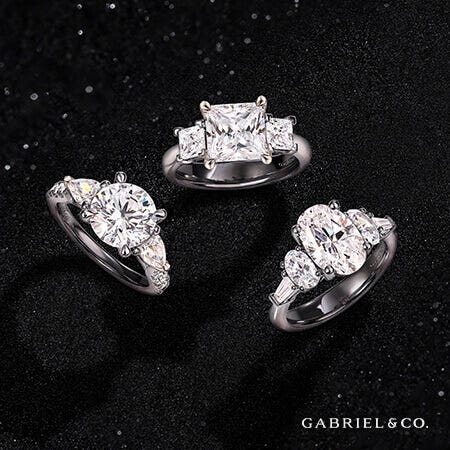
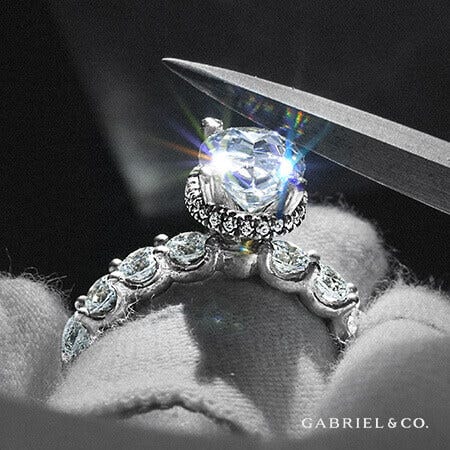
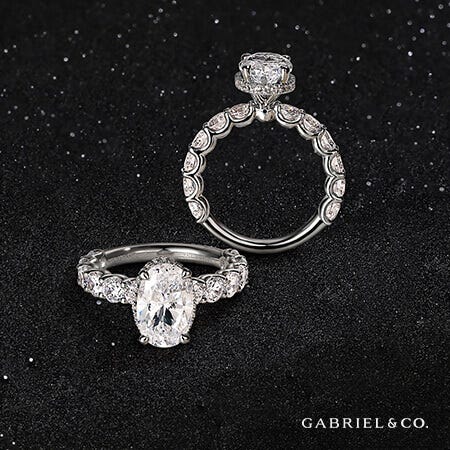
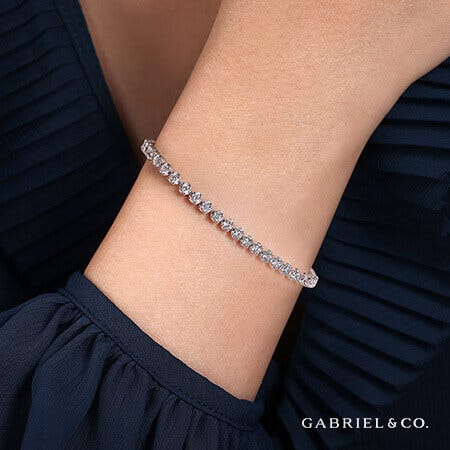
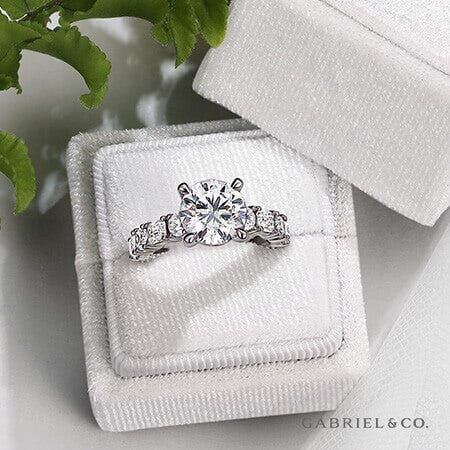


Comments
Post a Comment